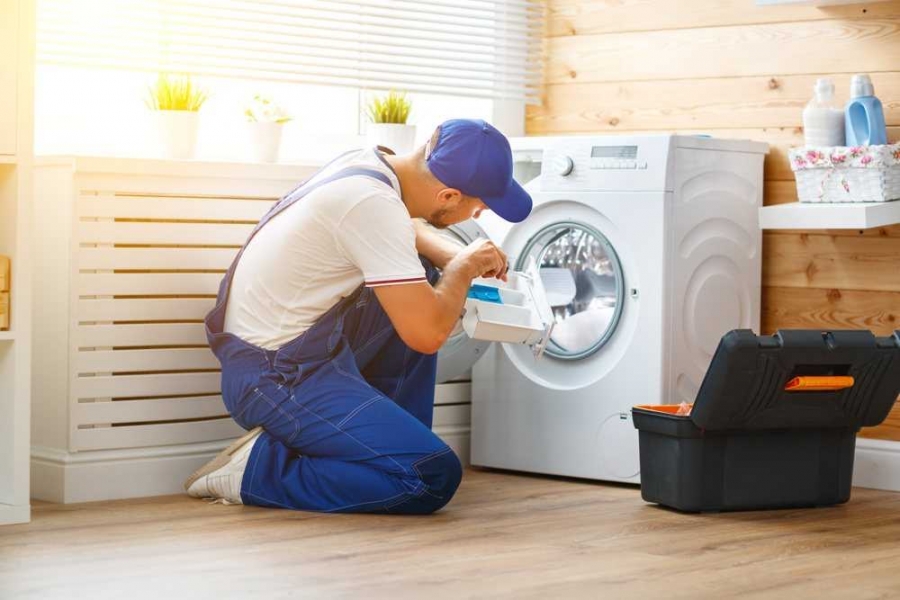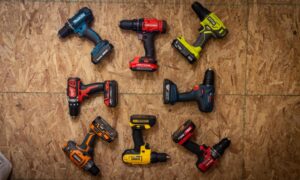Washing machines are a crucial part of one’s daily routine, and when they break down, they can disrupt their entire schedule. Repairing your washing machine instead of replacing it can save you money and time, and it also helps reduce electronic waste and contributes to environmental sustainability. Regular maintenance and timely repairs can increase the lifespan of your washing machine and prevent expensive breakdowns.
Common Parts In A Washing Machine
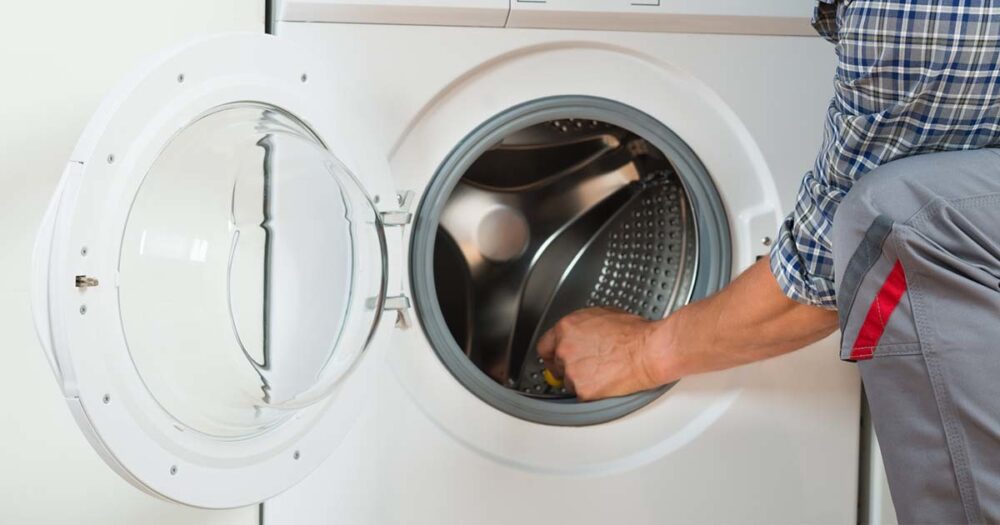
Source: consumer.org.nz
Common parts in a washing machine like motor, pump and so on, are essential to understand for wash machine repair. A washing machine has several major components that clean your clothes.
- Drum: The drum is the washing machine’s interior where you place your clothes. It rotates and agitates the clothes to remove dirt and stains. Common problems include loud noises, shaking, or failure to rotate.
- Motor: The motor is responsible for powering the drum and the pump, and it can be a direct drive or belt drive system. Common problems include failure to start or operate, overheating, or burning smells.
- Pump: The pump drains the machine’s water during the spin cycle. Common problems include clogs, leaks, or failure to drain.
- Control Panel: You may choose the wash cycle, water temperature, and other settings with the control panel. Common concerns include broken displays, buttons, or electrical problems.
- Suspension System: During the wash cycle, the suspension system supports the drum and aids in maintaining its equilibrium. Shaking, bouncing, or uneven loads are typical issues.
- Timer: The timer determines how long the wash cycle lasts and tells the machine when to start the next cycle. Failure to advance or finish cycles is a common issue.
.
Tools Required For Washing Machine Repair
Repairing a washing machine requires a few essential tools that can make the job easier and more efficient. Here is an overview of the tools you may need and how to use them safely and effectively:
- Pliers: Pliers may hold tiny pieces in position, straighten bent metal, and grab and twist nuts and bolts. Reaching confined areas is made more accessible by using needle-nose pliers.
- Wrench: Use a wrench to tighten or loosen nuts and bolts. A crescent wrench or an adjustable wrench may help wash machine repairs.
- Multimeter: A multimeter checks whether electrical circuits and components are operating correctly. It can measure continuity, resistance, and voltage.
- Vacuum: To clean the machine of dirt, lint, and debris, use a vacuum. Clogs and other problems may be avoided in this way.
- Flashlight: With the aid of a flashlight, you can look inside the device and notice any problems that could be challenging to see without it.
Troubleshooting Washing Machine Issues
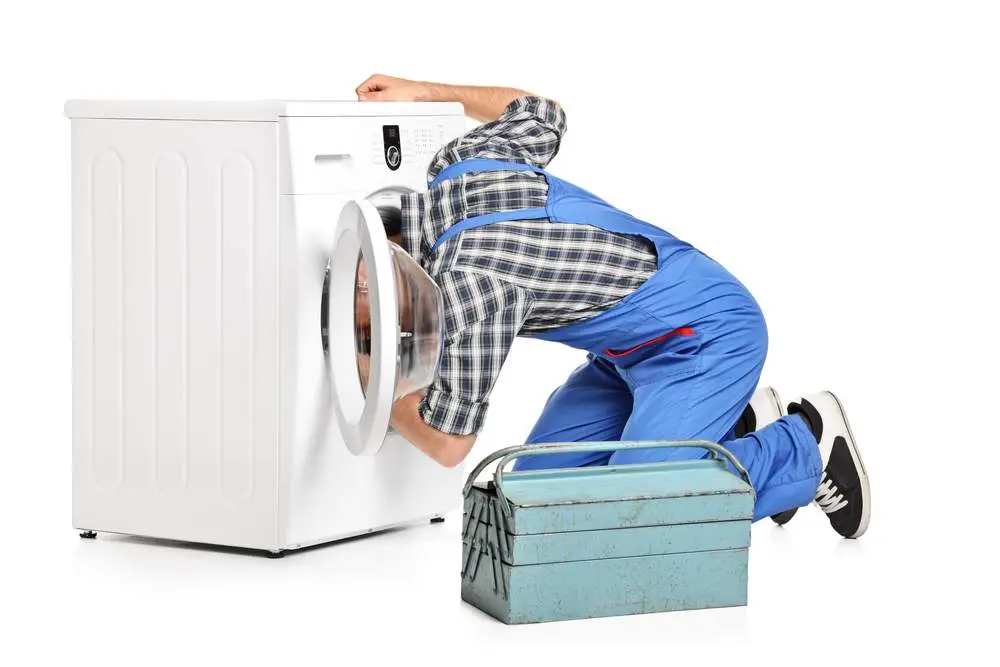
Source: whitegoodshelp.co.uk
Washing machines are complex appliances and can experience a range of issues. Here is an overview of standard washing machine issues and how to troubleshoot them:
- Machine not starting: Verify that the washing machine is plugged in and that the circuit breaker is turned on if it won’t turn on. Ensure the door is firmly fastened, or the lid is shut securely. If the machine still doesn’t turn on, a broken motor, timer, or control panel may need to be fixed or replaced.
- Machine not spinning: The lid switch or belt may be broken if the washing machine fills with water but does not spin. Ensure the lid is tightly fastened, and look over the belt for any signs of wear or damage.
- Machine shaking or vibrating: If the washing machine shakes or vibrates during the wash cycle, ensure it is level by adjusting the feet on the bottom of the machine. Additionally, ensure the clothes are distributed evenly in the drum, as an unbalanced load can cause shaking and vibration.
Tips For Identifying And Fixing Less Common Issues
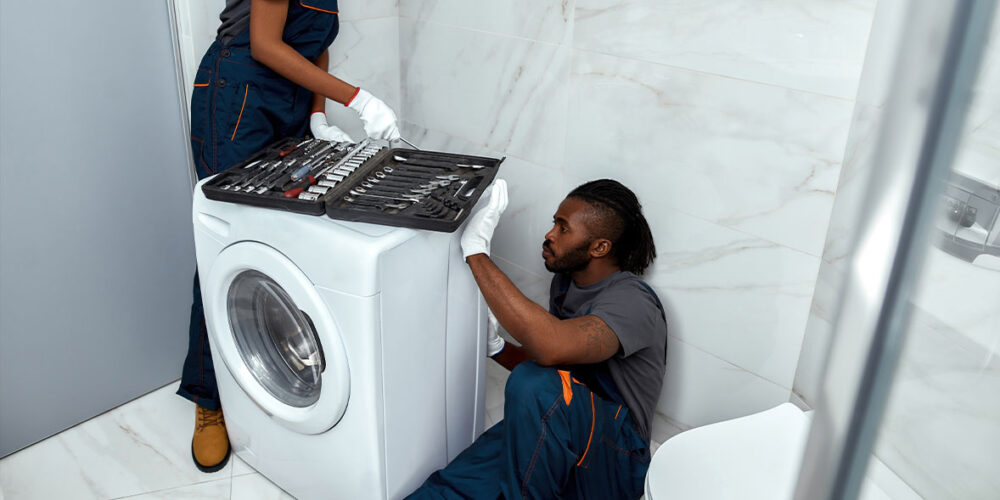
Source: which.co.uk
It is preferable to check the manufacturer’s handbook or a reputable repair shop for less frequent problems. Here are some pointers for locating and resolving uncommon problems:
- Examine the agitator: Inspect the agitator for any damaged or loose pieces if the washing machine is not effectively cleaning the clothing. The washing machine’s performance could be enhanced by replacing or fixing the agitator.
- Verify the water’s temperature. If the washing machine is not heating the water effectively, it may have a broken thermostat or heating element. Repairs or replacements may be necessary for these parts to operate correctly again.
Remember, safety always comes first when working with appliances. Always disconnect the power supply before attempting any repairs, and if you need clarification on the issue, it’s best to call a professional for assistance.
Detailed Explanation Of The Potential Hazards Of Washing Machine Repair
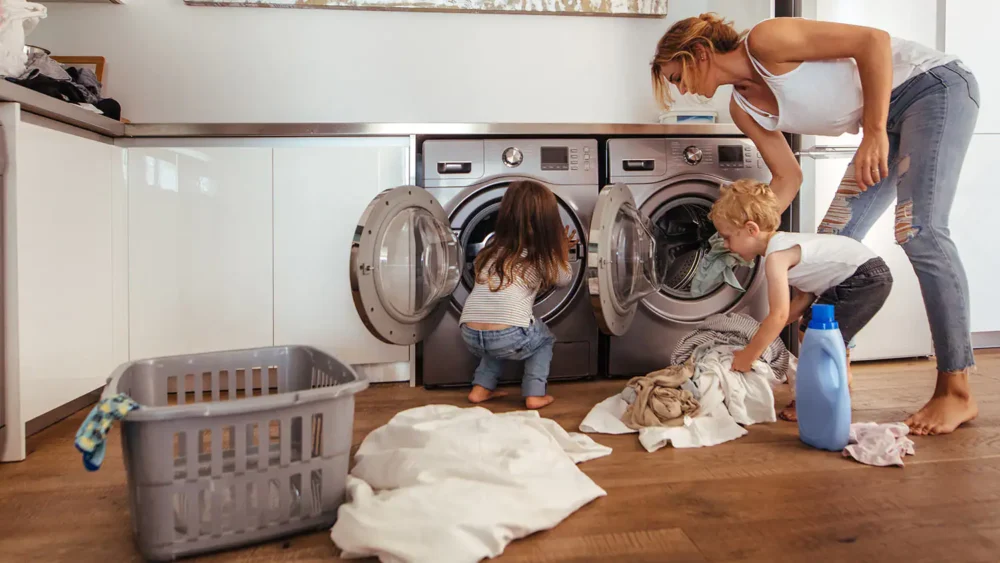
Source: angi.com
A washing machine repair job can be challenging and dangerous, and take the necessary safety precautions to avoid harming yourself or damaging the machine. Here is a summary of the possible risks associated with washing machine repair and some advice for remaining safe:
Electrical risks: Since washing machines run on electricity, there is a chance that someone might be electrocuted or receive an electric shock. Before performing any repairs, always disconnect the device or switch off the power. You should also check for electrical current using a multimeter.
Chemical risks: If improperly handled, several cleaning agents used to clean washing machine components might be dangerous. Before using any cleaning products, always read the labels and heed any safety instructions.
Moving components: A washing machine’s agitator and other moving components might cause accidents. Before performing any repairs on a machine with moving components, switching it off and unplugging it is always a good idea.
Bulky equipment: Moving washing machines might be challenging due to their weight. Always lift safely, and if necessary, get assistance.
Conclusion
Repairing a washing machine can save you money and extend the lifespan of your appliance. You can successfully repair your machine by understanding the major components of a washing machine, having the necessary tools, troubleshooting common issues, and taking proper safety precautions. However, if you need clarification or feel uncomfortable with the repair process, it’s best to call a professional for assistance.


